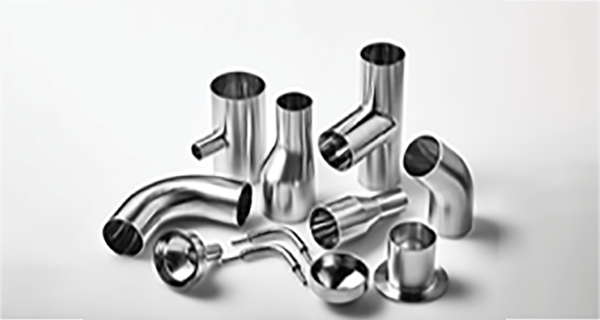Food-grade stainless steel refers to stainless steel materials that comply with the National Standard of the People’s Republic of China / Sanitary Standards for Stainless Steel Utensil Containers GB 9684-88. It’s lead and chromium content is much lower than that of general stainless steel.
When the heavy metals that stainless steel products migrate in use exceed the limit, it may endanger human health. Because of this, the National Food Safety Standard of “Stainless Steel Products” (GB9684-2011) has set strict standards for the precipitation of various heavy metals such as chromium, cadmium, nickel, and lead in cookware. One reason is that with the increase of the manganese content in stainless steel, there is a loss of functions such as corrosion resistance and rust resistance of the cooker. Once the manganese content reaches a certain value, this product cannot be used as a cooker or cannot be called a stainless steel cooker. But even with such high manganese content, there is generally no health impact. 304 stainless steel is a very common stainless steel, also called 18-8 stainless steel in the industry. Its corrosion resistance is better than 430 stainless iron, high corrosion resistance, and high-temperature resistance, good processing performance, so it is widely used in industry, furniture decoration, and medical industry, for example, some high-quality stainless steel tableware, bathroom, kitchen appliances.
In order to maintain the inherent corrosion resistance of stainless steel, steel must contain more than 17% chromium and more than 8% nickel. In comparison, 201, 202 stainless steel (commonly known as high manganese steel) is generally used in industrial products and can not be used as tableware, because: Manganese content exceeds the standard, excessive intake of manganese in the human body will cause damage to the nervous system.
In everyday life, we have a very high probability of contacting stainless steel products, and stainless steel electric kettles are one of them. It is difficult to distinguish which ones are “201″? Which ones are “304″?
To distinguish these different stainless steel materials, the method in the laboratory is mainly to detect the composition of substances. There is a significant difference in the metal composition of different materials of stainless steel. For ordinary consumers, this method is too professional and not suitable, and the most suitable is to use a 304 manganese content test agent. Only need to drop on the surface to detect whether the material has a manganese content exceeding the standard, thereby distinguishing 201 stainless steel and 304 stainless steel. And for the difference between ordinary 304 stainless steel and food-grade stainless steel, more detailed laboratory testing is needed to distinguish. But we need to know that the composition of food-grade stainless steel is the most stringent, while industrial stainless steel is much simpler.
material that meets the national GB9684 standard certification and can really come into contact with food without causing physical harm. GB9864 stainless steel is a stainless steel material that meets the national GB9684 standard certification, so GB9864 stainless steel is food-grade stainless. At the same time, the so-called 304 stainless steel is not required to be certified by the national GB9684 standard. 304 stainless steel is not equivalent to food-grade stainless steel. 304 stainless steel is not only used in kitchenware but also widely used in the industry. At the time of purchase, regular products will be marked with “food grade 304 stainless steel” on the surface and inner wall of the product, and products marked with “food grade-GB9684″ are more secure.
Post time: Aug-29-2023



